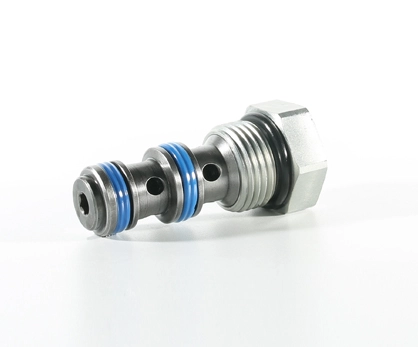Load Shuttle Ball Valve
A load shuttle ball valve is a type of hydraulic valve used for controlling the flow of fluid in a hydraulic system. It is specifically designed to handle high-pressure and high-flow applications.





Shuttle valve selects the path with the highest pressure among multiple inlet ports and directs fluid flow to a single outlet port, while check valve allows fluid flow in one direction and blocks flow in the opposite direction, acting as a one-way valve.
Shuttle valve typically has multiple inlet ports (two or more) and a single outlet port, while a check valve usually has two ports, an inlet port, and an outlet port.
Shuttle Valve determines the flow direction based on pressure conditions among the inlet ports, allowing flow in one direction only. Check Valve allows flow in one direction (from the inlet to the outlet port) and prevents backflow in the opposite direction.
Shuttle valve responds to pressure differentials between the inlet ports to determine the flow path, while a check valve operates based on the fluid pressure exceeding a threshold, causing the valve to open and allow flow.
A shuttle valve is commonly used in systems with multiple pressure sources or paths, where flow selection based on pressure is required, and a check valve finds applications in systems where backflow prevention is necessary, such as plumbing, hydraulic, and pneumatic systems.
Shuttle valve selects the path with the highest pressure, diverting flow to the outlet port and blocking flow from other inlet ports, and a check valve permits flow in one direction, ensuring that fluid cannot flow backward through the valve.